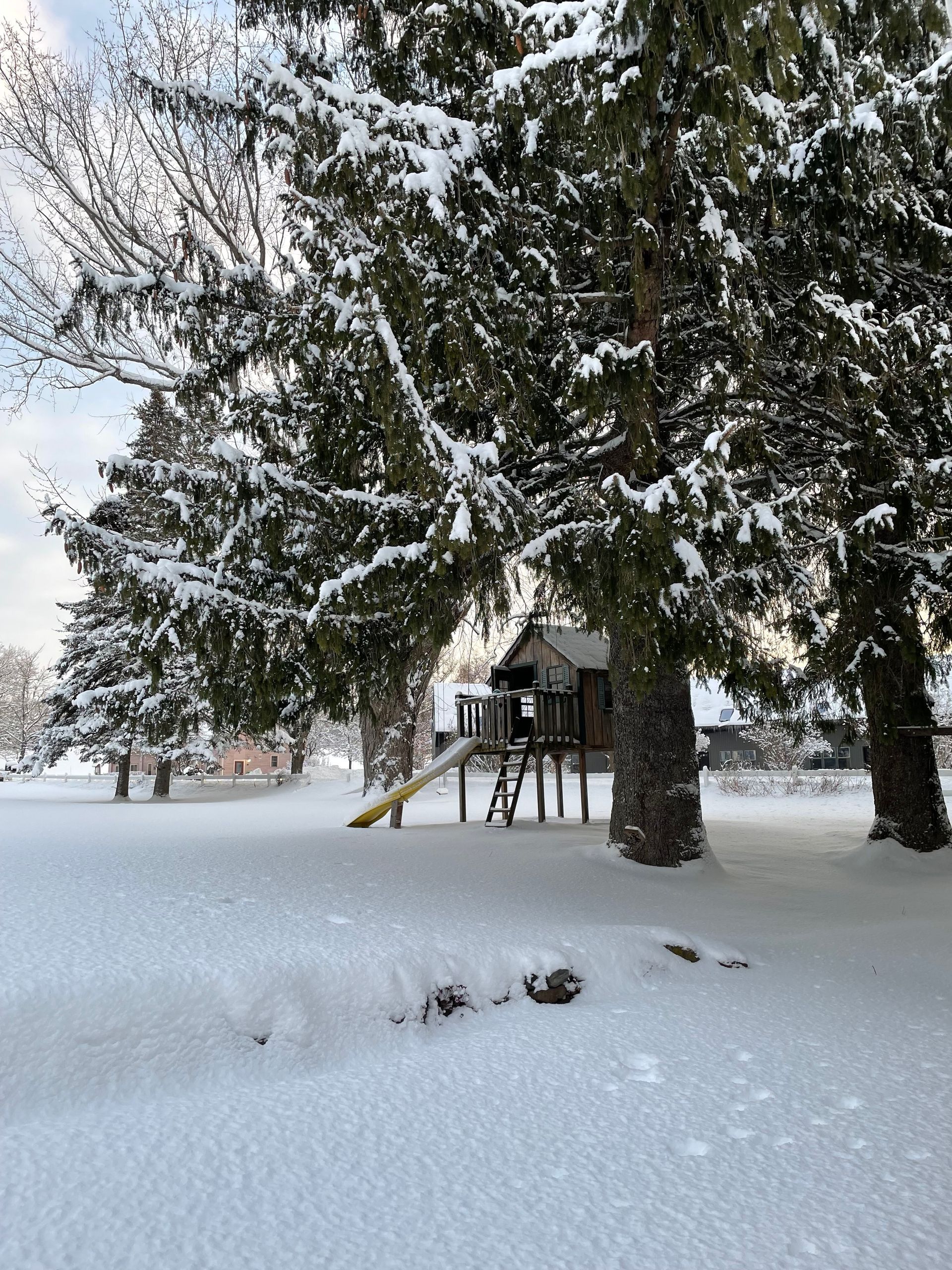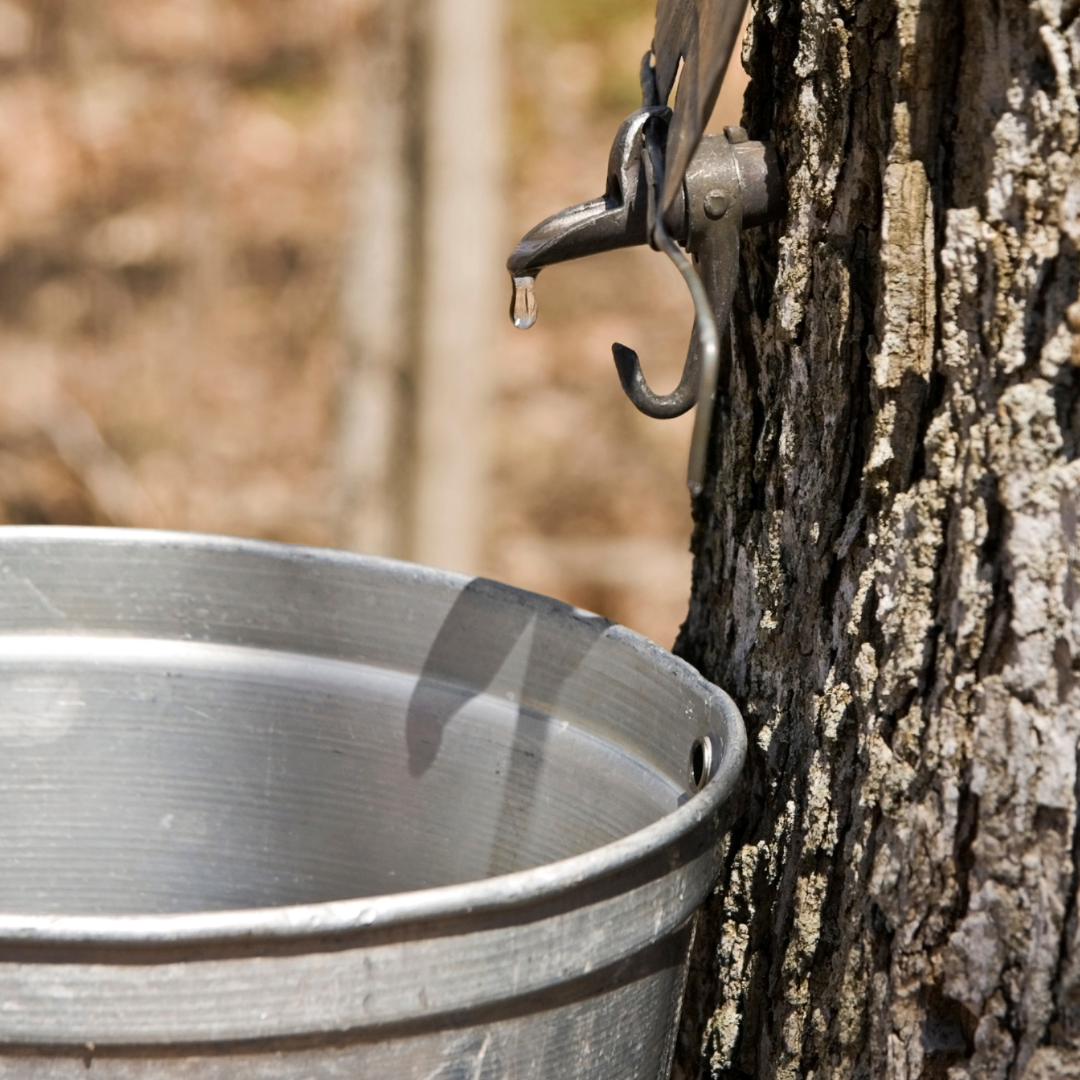A Journey Through Native American History
Nestled among the rolling hills, verdant forests, and shimmering lakes, Vermont’s landscape tells a story far older than the state itself. Long before European settlers arrived, the land we now call Vermont was home to the Abenaki people, a part of the larger Algonquin-speaking cultural group. Their history, resilience, and enduring presence are woven into the fabric of the Green Mountain State.
Ancient Roots: The First Vermonters
The earliest known inhabitants of Vermont were the Paleo-Indians, who arrived around 12,000 years ago as the last Ice Age glaciers receded. These early hunter-gatherers, drawn by the lush environment and abundant wildlife, lived in small, nomadic bands, relying on large game such as caribou and mastodon. Over thousands of years, their descendants developed more complex societies during the Archaic and Woodland periods, gradually shifting from nomadic hunting to a more settled lifestyle that included agriculture.
The Abenaki: Keepers of the Land
By the time European explorers ventured into the region in the early 17th century, the Abenaki people had established vibrant communities throughout what is now Vermont, New Hampshire, and parts of Quebec and Maine. The Abenaki were known for their deep connection to the land, practicing sustainable farming and living in harmony with the natural world. They cultivated the “Three Sisters”—corn, beans, and squash—and supplemented their diet with fish, game, and gathered wild foods.
Abenaki villages were often situated along rivers and lakes, which served as vital transportation routes and sources of food. Lake Champlain, known to the Abenaki as Bitawbakw, meaning “waters between,” was central to their culture and trade. Their homes, typically wigwams or longhouses, were constructed from local materials like birch bark and saplings, blending seamlessly into the surrounding environment.
European Contact and Its Consequences
The arrival of European explorers and settlers in the early 1600s brought dramatic changes to the Abenaki way of life. Initial contact was marked by trade, but it quickly escalated into conflict and upheaval as European powers vied for control of North America. The Abenaki found themselves entangled in a series of colonial wars, often forced to choose sides between the French and British.
The most devastating impact of European contact, however, was the introduction of diseases such as smallpox, which swept through indigenous communities, decimating the population. As European settlements expanded, the Abenaki were pushed off their ancestral lands. Many fled to Quebec, while others assimilated into surrounding communities, often hiding their heritage to avoid discrimination.
Struggles and Survival: The Fight for Recognition
Despite centuries of displacement and persecution, the Abenaki have persevered, maintaining their cultural identity and traditions. For much of the 20th century, Abenaki families in Vermont kept their heritage alive in secret, sharing stories, crafts, and traditional knowledge within their communities.
In the face of state policies that sought to erase their presence, the Abenaki fought for recognition and the right to preserve their cultural heritage. Their efforts bore fruit in 2011, when Vermont officially recognized four Abenaki tribes: the Elnu Abenaki, the Nulhegan Band of the Coosuk Abenaki, the Koasek Traditional Band of the Koas Abenaki Nation, and the Missisquoi Abenaki Tribe.
Celebrating Abenaki Culture Today
Today, the Abenaki are a vibrant part of Vermont’s cultural landscape. They share their heritage through public events, educational programs, and cultural celebrations, offering a window into their rich history and traditions. From storytelling and traditional crafts to ceremonies and community gatherings, the Abenaki continue to honor their ancestors and educate others about their enduring connection to the land.
Efforts to protect and celebrate Abenaki culture are also seen in initiatives like the Vermont Indigenous Heritage Center and the annual Abenaki Heritage Weekend, where people can experience traditional music, dance, and crafts firsthand.
A Legacy of Resilience
The history of Native Americans in Vermont is a testament to resilience and perseverance in the face of adversity. The Abenaki have withstood the trials of colonization, disease, and displacement, emerging with their cultural identity intact and their voices strong. Their story is not just a part of Vermont’s past but an essential aspect of its present and future.
As we walk the trails, paddle the waters, and explore the landscapes of Vermont, let us remember the first stewards of this land. Their history is a story of survival, adaptation, and unbroken connection to the natural world—a legacy that enriches all who call Vermont home.

Plan Your Trip
Company Information
All Rights Reserved | The Wildflower



